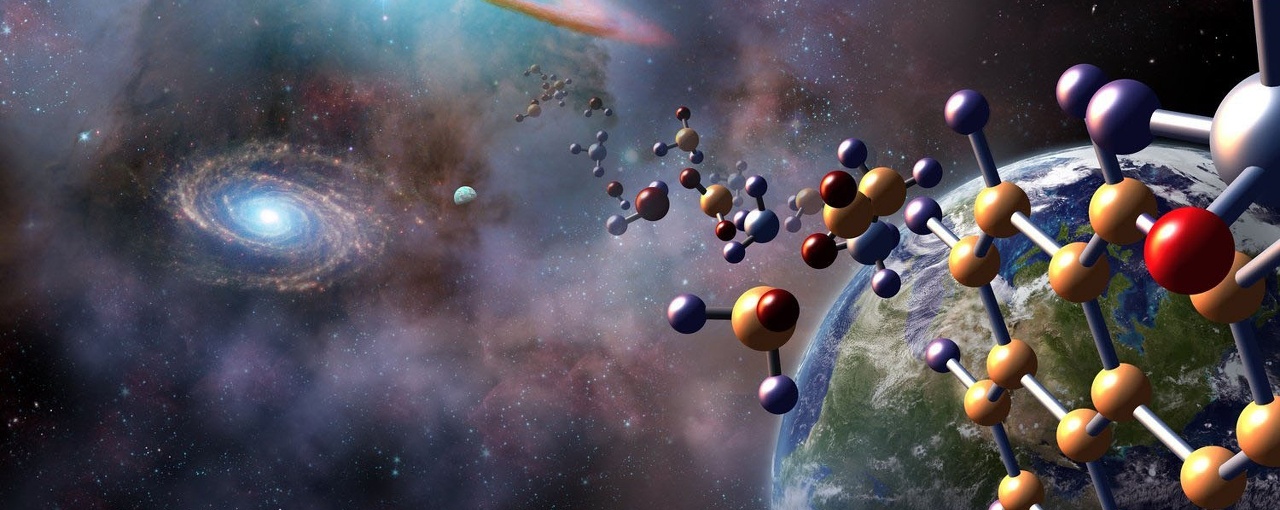Between NASA, other space agencies, and the commercial space sector, there are some truly ambitious plans for humanity’s future in space. These plans envision the creation of permanent infrastructure on and around the Moon that will enable a permanent human presence there, complete with research, science, and commercial operations. They also call for the first crewed missions to Mars, followed by the creation of surface habitats that will allow for return visits. These plans present many challenges, ranging from logistical and technical issues to health and human safety.
Another challenge is coordinating operations across the lunar surface with those in orbit and back at Earth, which requires a system of standardized time. In a recent study, a team of NASA researchers developed a new system of lunar time for all lunar assets and those in cis-lunar space. They recommend that this system’s foundation be relativistic time transformations, known more generally as “time dilation.” Such a system will allow for coordination and effective timekeeping on the Moon by addressing discrepancies caused by gravitational potential differences and relative motion.
Continue reading “If We Want to Live on Other Worlds, We're Going to Need New Clocks”









